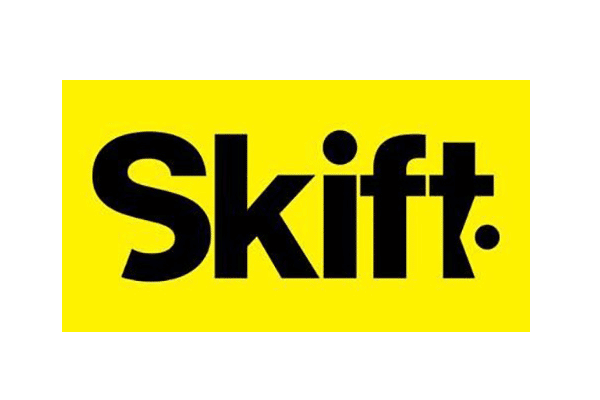
Skift Adopts Subscription First Strategy
Founded in 2012, Skift has been “fanatically focused” on providing business intelligence, including research, trends, and news, to the travel industry. From their humble beginnings eight years ago to a New York City office with 40 employees, Skift has become the leader in global travel intelligence, working with clients like MasterCard, Hilton, Hyatt, Virtuoso, Google, and Lyft. Skift CEO and founder Rafat Ali is well known in the travel industry. In fact, earlier this week, he was named one of ...
HELLO!
This premium article is exclusively reserved for Subscription Insider PRO members.
Want access to premium member-only content like this article? Plus, conference discounts and other benefits? We deliver the information you need, for improved decision-making, skills, and subscription business profitability. Check out these membership options!
Learn more about Subscription Insider PRO memberships!
Already a Subscription Insider PRO Member?
Please Log-In Here!








